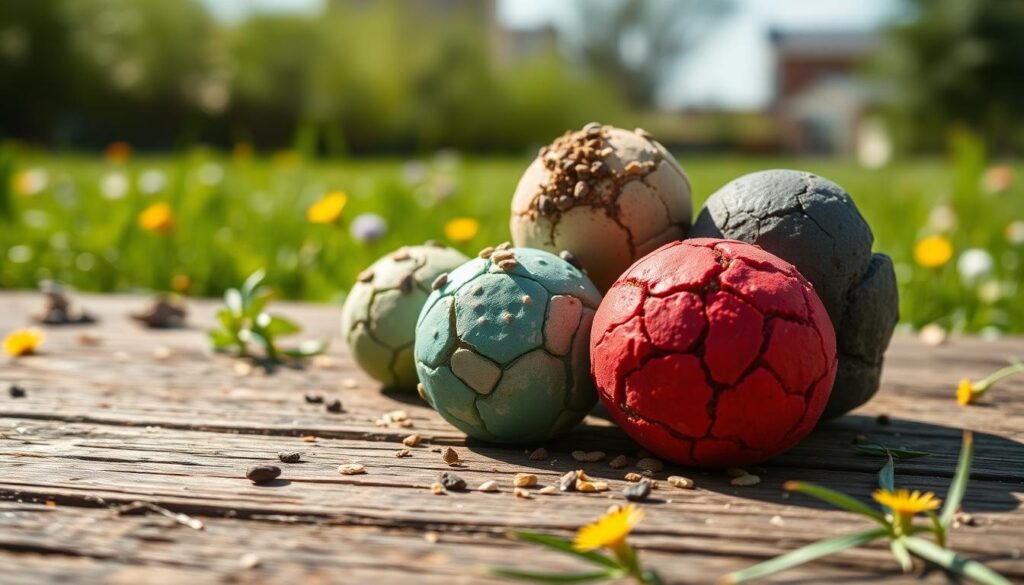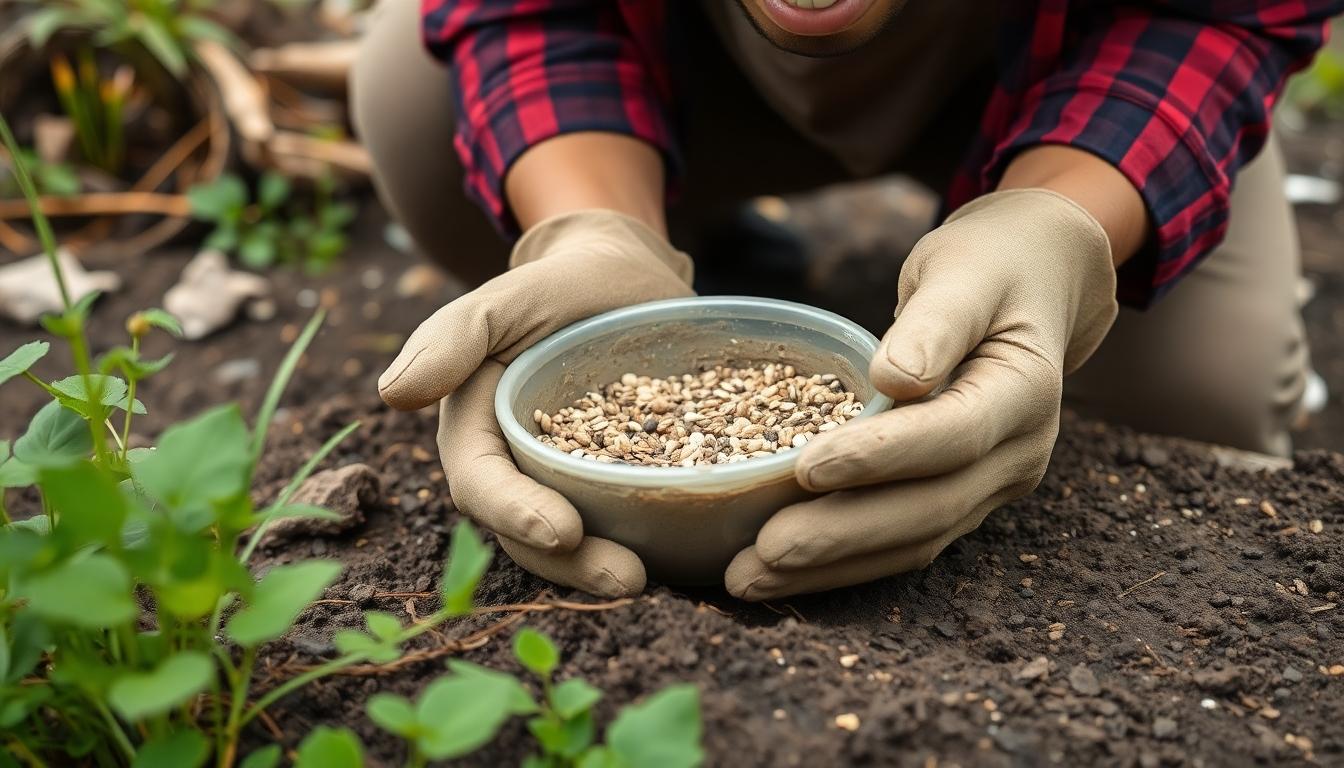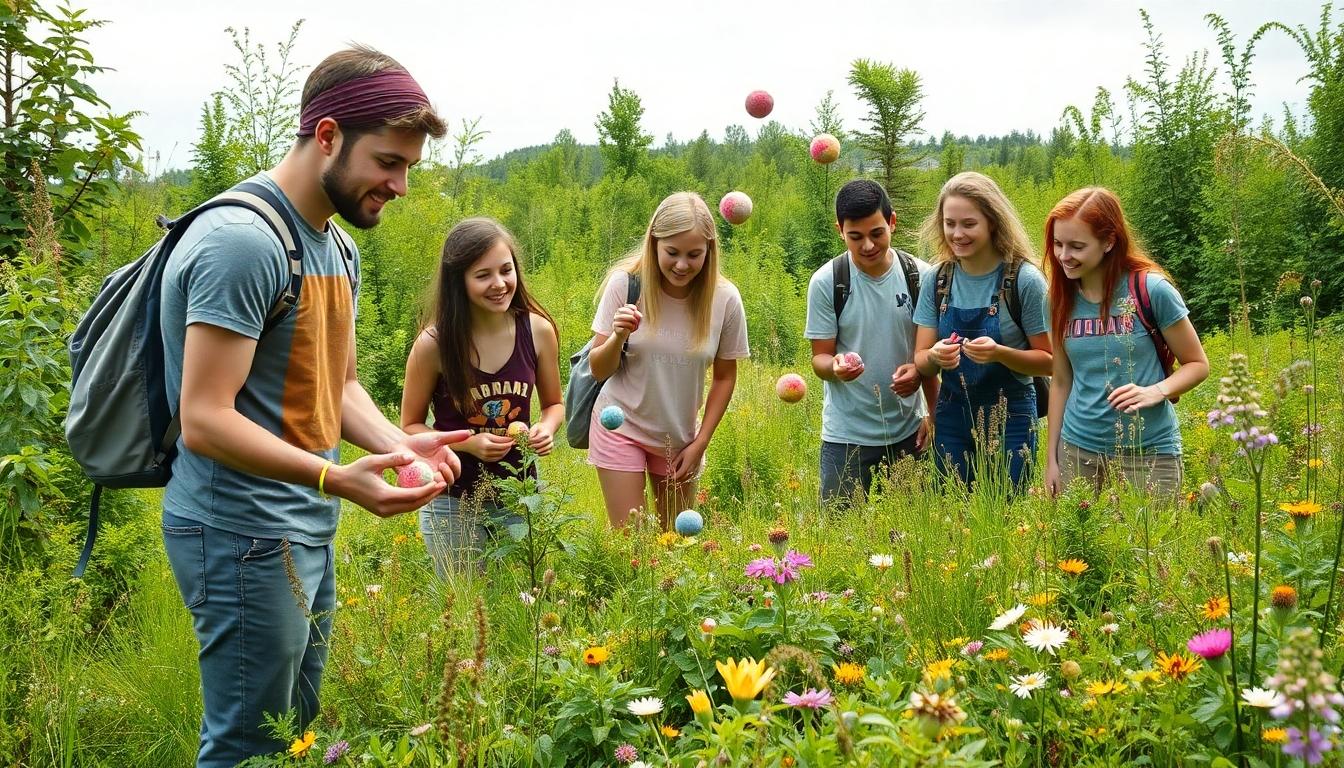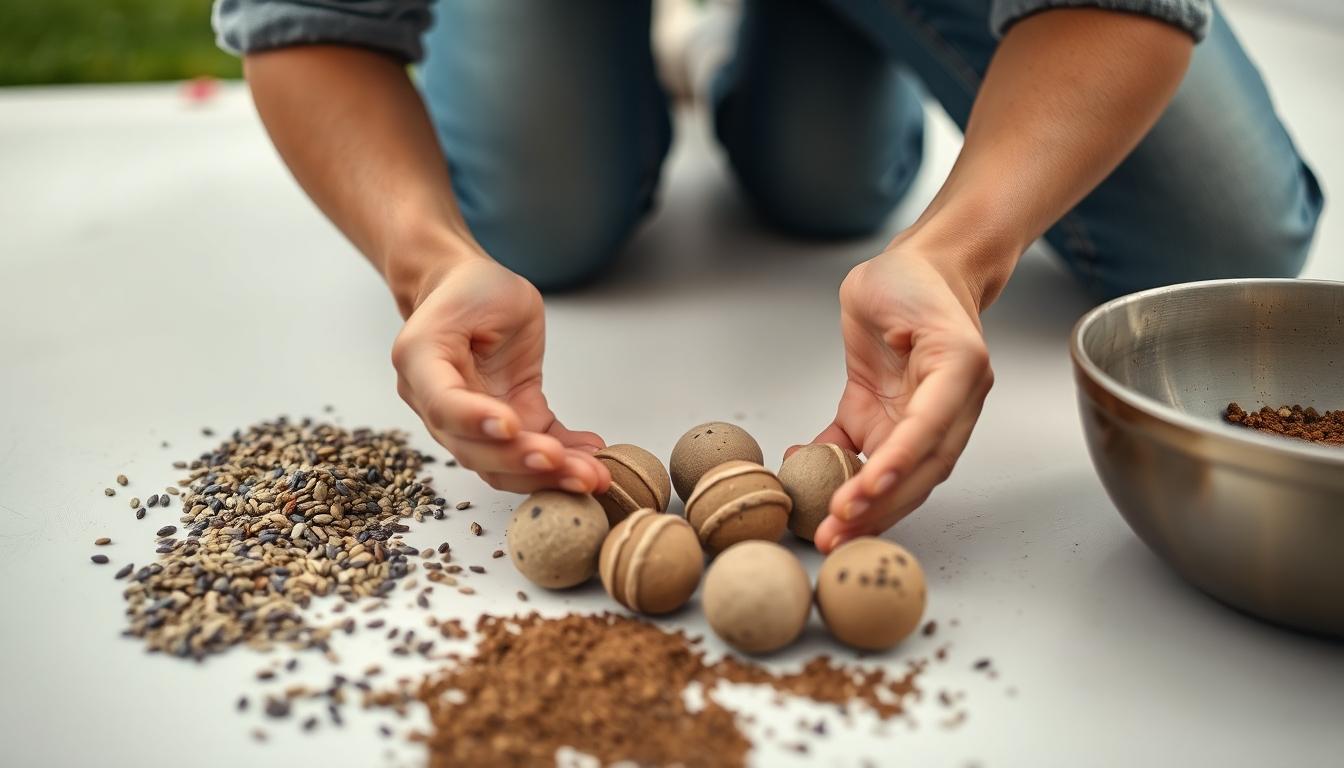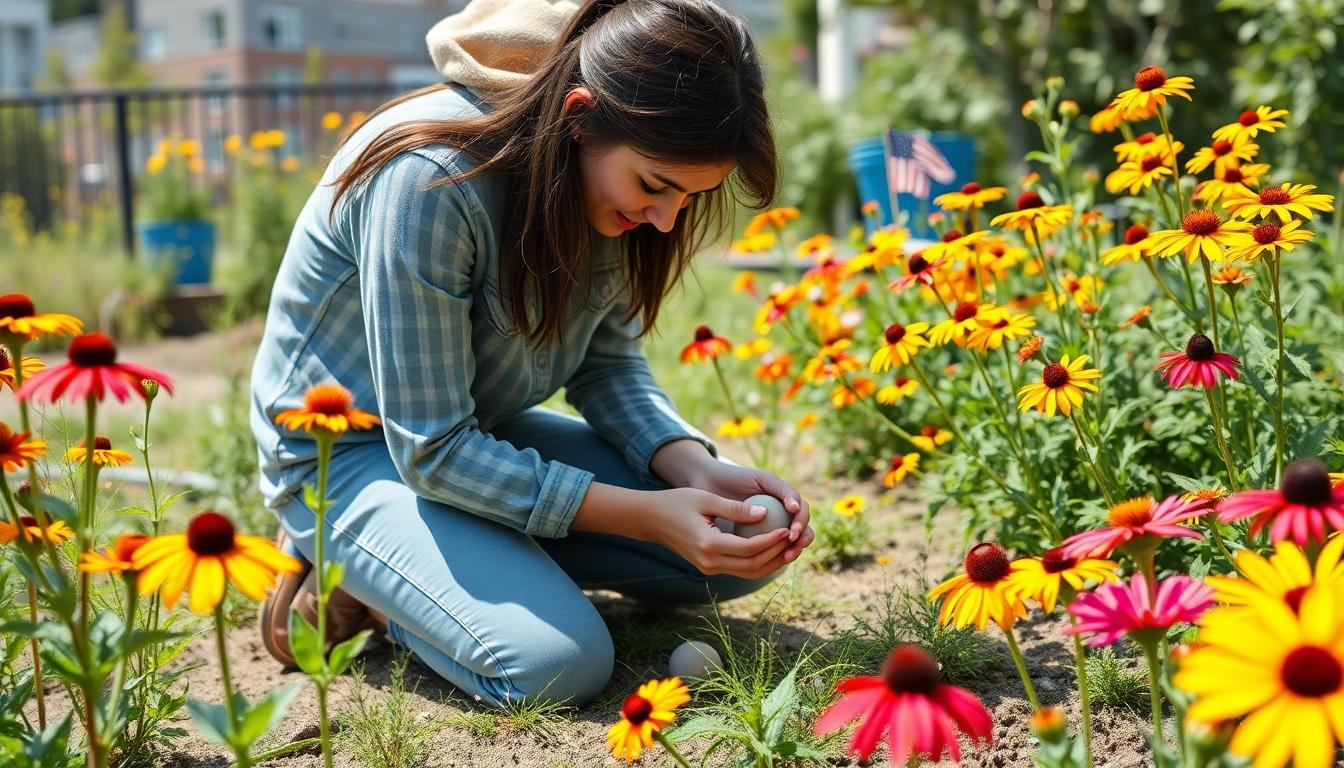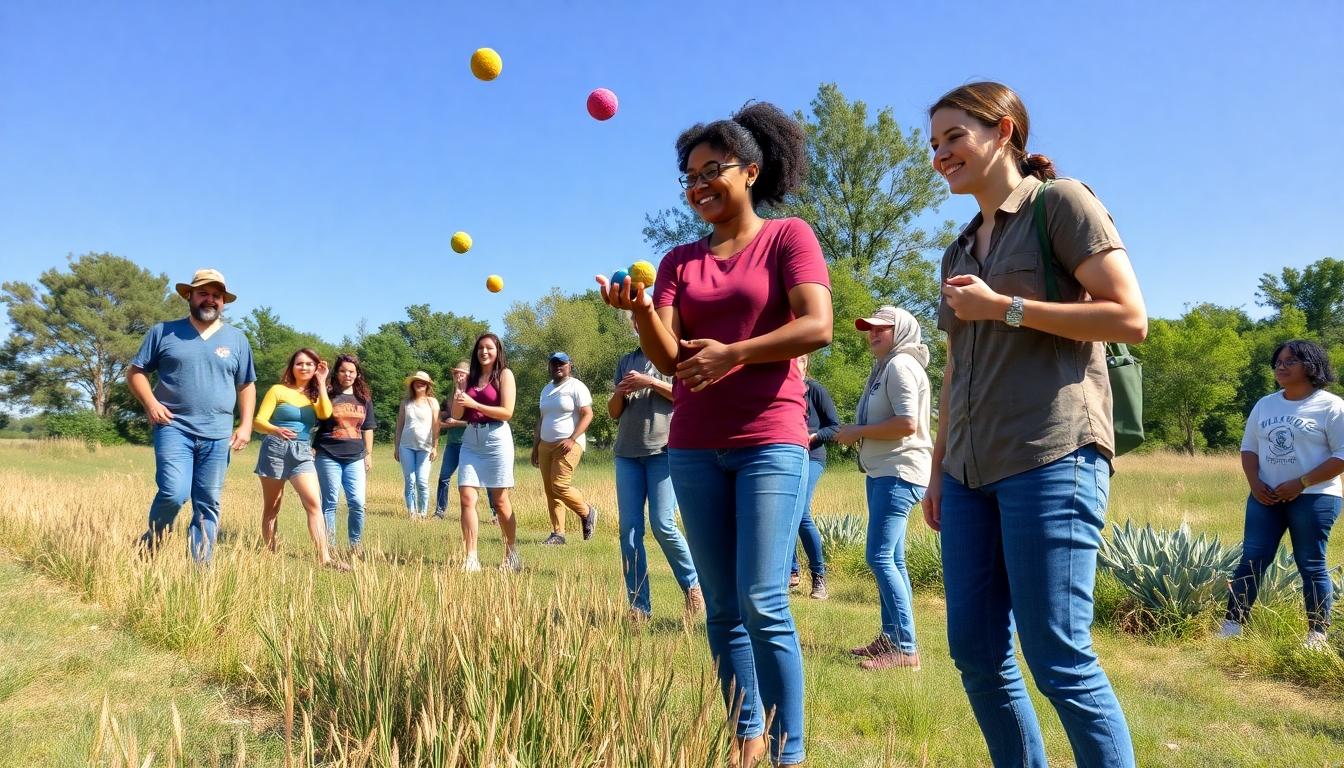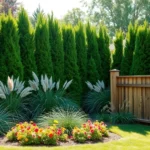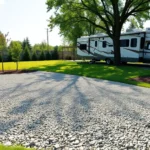Seed bombing is revolutionizing how we approach reforestation and urban greening. This guerrilla gardening technique involves creating small balls of seeds, soil, and clay that can be tossed into hard-to-reach areas, allowing nature to take its course without intensive planting efforts. It’s an ingenious method that combines environmental activism with practical conservation.
We’ve gathered the most fascinating seed bombing facts that every eco-enthusiast should know. From its origins in ancient Japan to its modern applications in restoring degraded landscapes, this simple yet effective technique has gained popularity worldwide. Whether you’re a seasoned environmentalist or just looking for ways to make your community greener, understanding the science and impact of seed bombing can inspire your next ecological project.
What Is Seed Bombing: Understanding the Guerrilla Gardening Technique
Seed bombing is an innovative guerrilla gardening technique that involves creating small balls containing seeds, soil, and clay that are tossed or dropped into neglected urban spaces or hard-to-reach areas without formal permission. This method enables plant growth in places that would otherwise remain barren or neglected. The seeds remain dormant inside these protective clay balls until natural conditions like rainfall trigger germination, allowing nature to determine the best time for growth.
The technique first gained popularity among environmental activists in the 1970s as part of a broader guerrilla gardening movement but has roots dating back to ancient Japanese farming practices. Today, seed bombing serves multiple purposes including reforestation, native species restoration, pollinator habitat creation, and beautification of urban spaces.
Seed bombs typically contain a mixture of native plant seeds suitable for the local climate, clay to protect the seeds and bind the mixture, compost or soil for nutrients, and sometimes water to form the mixture. The ideal seed bomb is firm enough to be thrown or dropped without breaking apart prematurely but will eventually break down when exposed to rain and weather conditions.
The accessibility of seed bombing makes it a powerful tool for community involvement in environmental restoration. Anyone can participate regardless of gardening experience or access to traditional garden space. We’ve seen communities transform vacant lots, highway medians, and forgotten urban corners into flourishing patches of biodiversity through coordinated seed bombing efforts.
Environmental benefits of seed bombing include increased biodiversity, improved soil health, reduced erosion, enhanced pollinator habitats, and carbon sequestration. Urban seed bombing projects specifically help combat the heat island effect in cities while creating green spaces that benefit mental health and community wellbeing.
The History of Seed Bombing: From Ancient Practices to Modern Movement
Seed bombing’s fascinating journey begins with ancient Japanese practices called Tsuchi Dango or “earth dumplings,” where seeds were carefully encased in protective clay balls. This ingenious technique dates back centuries, though it wasn’t until 1938 that it reemerged into mainstream consciousness. Historical evidence suggests similar methods were employed in ancient Egypt as well, where farmers would use seed balls to rehabilitate agricultural land after the annual Nile floods. The practice has evolved significantly over time, transforming from a practical farming technique into a powerful tool for environmental activism and ecological restoration.
Masanobu Fukuoka’s Natural Farming Influence
Masanobu Fukuoka revolutionized seed bombing through his pioneering do-nothing farming philosophy in the mid-20th century. His approach emphasized minimal human intervention in agricultural processes, allowing nature to take its course with just a little guidance. During Industry War II, Fukuoka refined the seed ball technique to boost food production without disrupting traditional rice cultivation methods. The composition he developed typically used a 5:1 clay-to-seed ratio mixed with compost, creating balls that served multiple purposes. These carefully crafted spheres protected the seeds from predators and harsh weather conditions while simultaneously providing essential nutrients for germination. Fukuoka’s natural farming principles have become the foundation for modern ecological farming practices and have inspired countless sustainability advocates around the industry.
How Seed Bombing Became a Form of Eco-Activism
Modern seed bombing evolved into what we now call guerrilla gardening, a movement where environmental activists covertly distribute seed balls in urban wastelands, roadside verges, and environmentally degraded areas. The clay-compost structure of these seed bombs ensures seeds can survive in even the harshest conditions, making them ideal for large-scale aerial reseeding projects in difficult terrain. Environmental organizations worldwide have embraced this technique as a symbol of grassroots ecological restoration, requiring no formal planting process—the balls are simply thrown or dropped where needed. Their effectiveness in hostile environments has made seed bombing particularly valuable for community-driven conservation efforts in urban settings. The accessibility and simplicity of the method have transformed it from an ancient agricultural practice into a powerful tool for modern environmental activism, enabling anyone to participate in ecological restoration with minimal resources.
7 Fascinating Seed Bombing Facts You Should Know
Seed Bombs Can Restore Native Plant Species
Tribal youth on the Colville Reservation have demonstrated how seed bombs effectively rehabilitate ecosystems with native plants. These young environmentalists used seed bombs containing carefully selected native plant seeds to restore areas damaged by wildfires. Their efforts specifically targeted the regeneration of natural pollinator habitats, creating corridors for bees, butterflies, and other important pollinators. Native plant restoration through seed bombing helps preserve local biodiversity while ensuring the network regains its natural balance.
Clay-Based Seed Bombs Have the Highest Success Rate
Clay serves as the ideal protective shell for seed bombs, offering the best germination conditions according to multiple studies. The typical successful seed bomb combines clay, compost, and seeds in exact proportions to create an optimal growing environment. Clay’s unique properties protect vulnerable seeds from erosion, hungry predators, and harsh weather while maintaining crucial moisture levels within the bomb. Research indicates that nutrient-enhanced bases, particularly those containing manure, can further improve germination success. The clay coating effectively dissolves during rainfall, allowing seeds to establish themselves in even challenging terrain.
Seed Bombing Has Been Used to Reforest After Wildfires
Over 630 students and educators participated in an impressive seed bombing initiative to rehabilitate land damaged by the Chuweah Creek Fire. Their collective efforts focused on controlling soil erosion in burn sites where vegetation had been completely destroyed. Seed bombs distributed throughout the affected areas helped increase plant diversity in a industry that might otherwise take decades to recover naturally. Strategic seed bombing after wildfires can accelerate the natural succession process, helping ecosystems bounce back from devastating burns without requiring intensive human intervention.
Drones Are Now Being Used for Large-Scale Seed Bombing
Modern technology has revolutionized traditional seed bombing techniques through drone deployment systems. Specialized drones can carry hundreds of seed bombs and distribute them across vast, inaccessible areas with precision targeting. This technological advancement allows conservationists to reach remote or dangerous locations that would be impossible to access by foot. Aerial seed bombing via drones dramatically increases the efficiency and scale of reforestation efforts, potentially transforming habitat restoration worldwide.
Certain Seeds Work Better Than Others in Seed Bombs
Larger seeds demonstrate significantly higher germination rates when used in seed bombs, according to scientific studies. Success rates vary considerably, with some tests showing less than 10% germination for certain seed types. Native and drought-resistant species typically perform best in seed bombing projects, making them the preferred choice for most initiatives. Plant selection should always consider local climate conditions, soil types, and network needs for optimal results. The Colville Reservation project specifically prioritized native species that support pollinators, showcasing the importance of thoughtful seed selection.
Timing Is Critical for Successful Seed Bombing
Seasonal factors play a decisive role in determining whether seed bombs will successfully establish new plant communities. The post-fire rainy periods offer ideal conditions for seed bombing in recently burned areas, as demonstrated in the Chuweah Creek Fire rehabilitation project. Regional climate patterns must be carefully considered when planning seed bombing initiatives to maximize germination potential. Different seed types have unique timing requirements based on their natural growth cycles and dormancy periods. Strategic deployment just before anticipated rainfall gives seed bombs the best chance of success.
Seed Bombing Is Legal in Most Places (But Not All)
The legality of seed bombing varies significantly based on location and land ownership status. Most communities don’t have exact regulations against seed bombing, particularly when native, non-invasive species are used. Private property always requires owner permission before conducting any seed bombing activities. Public lands typically have more complex regulations that may restrict unauthorized planting, even with beneficial intentions. Checking local land-use laws before starting any seed bombing project is essential to avoid potential legal complications or environmental issues.
How to Make Your Own Seed Bombs at Home
Creating your own seed bombs is a simple, rewarding project that anyone can do with minimal materials. Let’s jump into everything you need to make effective seed bombs right in your home.
Essential Materials for DIY Seed Bombs
Gathering the right materials ensures your seed bombs will have the best chance of success:
- Clay (¾ cup) – Use air-dry or natural clay as your primary binding agent, avoiding any with chemical additives
- Compost or soil (¾ cup) – Provides nutrients and structure to support germination
- Native wildflower seeds – Choose 3-5 locally adapted species per bomb to prevent introducing invasive plants
- Water – Just enough to bind the mixture together
- Mixing bowl – For combining all ingredients
- Workspace – A clean, flat surface for rolling your seed bombs
Step-by-Step Seed Bomb Creation Process
Following this straightforward process will help you create effective seed bombs:
- Mix the dry ingredients – Combine ¾ cup clay and ¾ cup compost in a bowl, breaking up any large clumps to create a uniform mixture
- Incorporate your seeds – Gently fold 3-5 native wildflower seeds into the mixture, being careful not to damage them
- Add water gradually – Sprinkle small amounts of water while mixing until the mixture holds together when squeezed
- Form your seed bombs – Roll the mixture into marble-sized balls approximately 1 inch in diameter for optimal dispersal
- Set aside to dry – Place your seed bombs in a single layer and allow them to air-dry completely for 24-48 hours
- Store or deploy – Once dry, use immediately or store in a cool, dry place until you’re ready to distribute them
For best results, toss your seed bombs onto bare soil in early spring or fall when natural rainfall can help with germination. Small bombs ensure better dispersal and conservation of materials while maximizing your impact on the environment.
Best Plant Species for Effective Seed Bombing
Selecting the right plant species is crucial for successful seed bombing projects, as some plants are naturally better adapted to thrive in the challenging conditions seed bombs present. We’ve compiled expert selections that maximize germination rates and ecological impact.
Native Wildflowers That Thrive in Seed Bombs
Native wildflowers stand out as ideal candidates for seed bombing due to their natural adaptation to local growing conditions. Coneflowers perform exceptionally well in seed bombs, requiring minimal maintenance while providing vibrant colors and sturdy growth patterns. Black-eyed Susans offer remarkable resilience in various soil conditions, making them perfect for urban or neglected areas where seed bombs are commonly deployed. Cosmos flowers establish quickly and produce abundant blooms that create immediate visual impact in previously barren spaces. These native species have evolved alongside local wildlife and climate conditions, giving them important advantages over non-native alternatives. Their deep root systems help stabilize soil in areas prone to erosion while requiring less water and care than exotic varieties.
Pollinator-Friendly Seed Bomb Combinations
Creating pollinator-friendly seed bombs directly supports local network health by providing essential habitat for beneficial insects. Lavender seeds work wonderfully in seed bombs, attracting many bee species while tolerating drought conditions once established. Sunflowers serve as powerful wildlife magnets in seed bombs, providing both nectar for pollinators and seeds for birds later in the season. Zinnias deliver reliable germination in clay-based seed bombs and produce long-lasting blooms that butterflies find irresistible. These carefully selected combinations not only beautify neglected spaces but serve crucial ecological functions by supporting bee and butterfly populations that face habitat loss in many regions. Our experience shows that seed bombs containing at least three complementary pollinator-friendly species create more resilient mini-ecosystems than single-species approaches.
Environmental Impact of Seed Bombing
Seed bombing has emerged as a powerful technique for environmental restoration and conservation with far-reaching effects on our ecosystems. When properly implemented, this method contributes significantly to addressing environmental challenges while promoting ecological balance.
Reforestation and Land Renewal
Seed bombing effectively restores degraded landscapes that have suffered from deforestation, erosion, or other forms of environmental damage. Native plant species reintroduced through seed bombs can transform barren areas into thriving ecosystems over time. These rehabilitated lands create new habitats for wildlife, supporting the return of animal species that may have been displaced. The technique proves particularly valuable in hard-to-reach areas where traditional planting methods are impractical or impossible.
Carbon Sequestration Benefits
Growing plants from seed bombs actively contribute to carbon capture and storage, addressing climate change concerns. As these plants mature, they pull carbon dioxide from the atmosphere and store it in their tissues and the surrounding soil. This natural carbon sequestration process helps offset greenhouse gas emissions. Research shows that restored ecosystems can significantly increase carbon storage capacity compared to degraded lands.
Positive Effects on Biodiversity
Seed bombing directly enhances biodiversity by reintroducing native plant species to ecosystems where they’ve disappeared or declined. Native plants provide essential habitat and food sources for local wildlife, supporting entire food webs. The increased pollen production from flowering plants benefits bees, butterflies, and other crucial pollinators facing population declines worldwide. Community engagement in seed bombing initiatives fosters environmental stewardship while creating green spaces that support diverse plant and animal communities.
Potential Ecological Concerns to Consider
While seed bombing offers many benefits, using non-native or invasive species can create serious ecological problems. Invasive plants may outcompete native vegetation, disrupting established ecosystems and potentially harming local fauna that depend on native plant species. Careful selection of appropriate plant species remains essential to avoid unintended negative consequences on local biodiversity. Some seed bombing activities could be considered unauthorized gardening, potentially leading to legal issues or conflicts, especially when conducted on private or protected lands without permission. Environmental experts recommend thoroughly researching local ecosystems and consulting with conservation authorities before implementing seed bombing projects to ensure positive ecological outcomes.
Conclusion: The Future of Seed Bombing in Environmental Conservation
Seed bombing represents a powerful fusion of ancient wisdom and modern environmental activism. From humble clay balls in ancient Japan to drone-deployed answers today this technique continues to evolve while maintaining its core simplicity.
We’ve seen how these small packages of potential can transform barren landscapes into thriving ecosystems while captivating communities in meaningful conservation work. The beauty of seed bombing lies in its accessibility – anyone can participate in ecological restoration with minimal resources.
As climate challenges intensify the importance of grassroots environmental answers like seed bombing will only grow. By carefully selecting native species and understanding local ecosystems we can all become agents of positive environmental change. The revolution is in our hands – literally – one seed bomb at a time.
Frequently Asked Questions
What is seed bombing?
Seed bombing is a guerrilla gardening technique that involves creating small balls made of seeds, soil, and clay that can be tossed into hard-to-reach or neglected areas. This method allows for reforestation and urban greening without intensive planting efforts, effectively merging environmental activism with practical conservation.
Where did seed bombing originate?
Seed bombing originated in ancient Japan as a practice called Tsuchi Dango, where seeds were encased in clay balls for protection. Similar methods were used in ancient Egypt for land rehabilitation. The technique was revolutionized in the mid-20th century by Masanobu Fukuoka with his “do-nothing farming” philosophy that emphasized minimal human intervention.
What materials do I need to make seed bombs?
To make seed bombs, you need clay (preferably potter’s clay or natural clay soil), compost or potting soil, native wildflower seeds appropriate for your region, and water. These simple ingredients combine to create protective casings that shield seeds until conditions are right for germination.
How do I make seed bombs at home?
Mix 5 parts clay to 1 part seeds, adding 3 parts compost and enough water to make the mixture moldable. Form small balls about 1 inch in diameter. Allow them to dry completely (1-2 days) in a cool, shaded area. Once dry, they’re ready to be “bombed” into areas needing vegetation.
When is the best time to use seed bombs?
The optimal times for seed bombing are early spring or fall when natural rainfall is more likely. Seasonal timing is critical for success, as it significantly impacts germination and the establishment of new plant communities. Avoid extremely hot summer months or freezing winter conditions for best results.
What plants work best in seed bombs?
Native wildflowers are ideal for seed bombs as they’re adapted to local conditions and support local ecosystems. Good options include coneflowers, black-eyed Susans, and cosmos. For pollinator support, consider combinations with lavender, sunflowers, and zinnias. Always choose species native to your region.
Are there environmental concerns with seed bombing?
While seed bombing generally benefits the environment, using non-native or invasive species can disrupt local ecosystems. Always research and select appropriate native plant species for your area. Consider consulting local conservation authorities to ensure your seed bombing efforts will have positive ecological outcomes.
Is seed bombing legal?
Seed bombing is generally legal in most areas, but regulations vary based on location and land ownership. Always research local laws before seed bombing, especially on private property or protected lands. Some municipalities may have restrictions on planting in public spaces or concerns about introducing certain plant species.
Can seed bombing help with reforestation after wildfires?
Yes, seed bombing is effective for reforestation after wildfires. It helps control soil erosion and jumpstarts ecosystem recovery in burn sites. Projects have successfully used seed bombs to rehabilitate ecosystems damaged by wildfires, with students and educators participating in restoration efforts.
How has modern technology improved seed bombing?
Modern technology, particularly drones, has revolutionized seed bombing by enabling large-scale distribution in otherwise inaccessible or dangerous areas. These aerial seed bombing techniques allow for more efficient reforestation efforts and can target remote locations that would be difficult to reach on foot.

